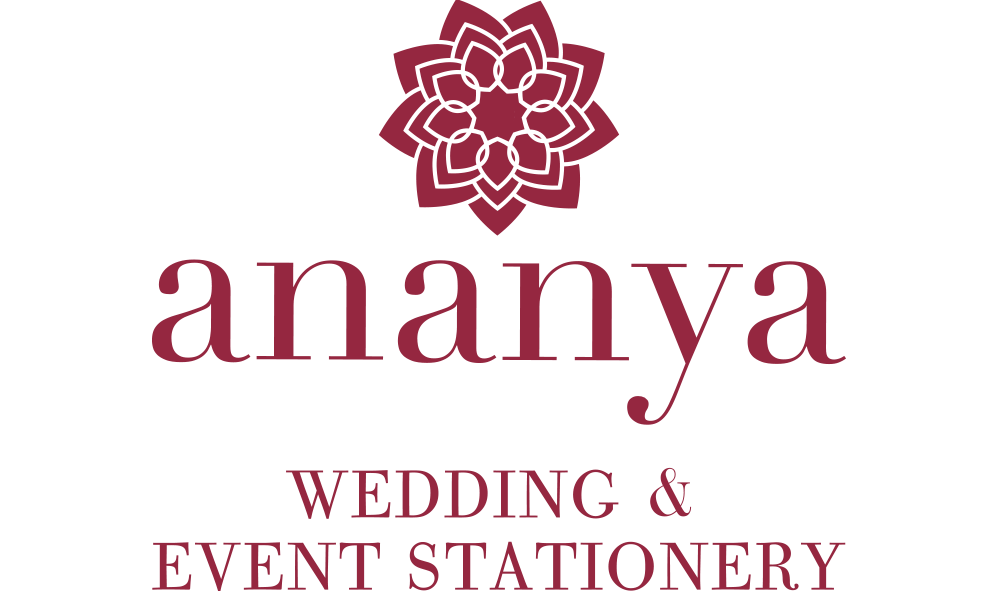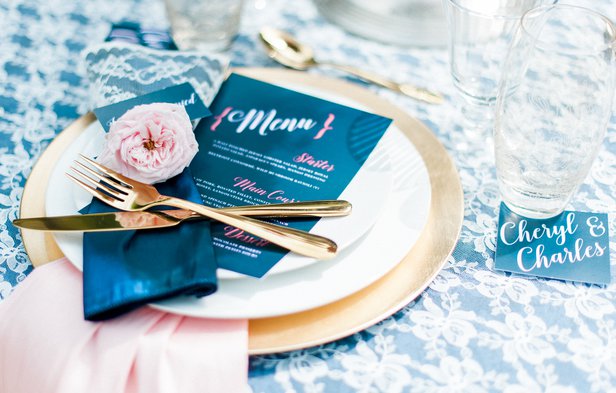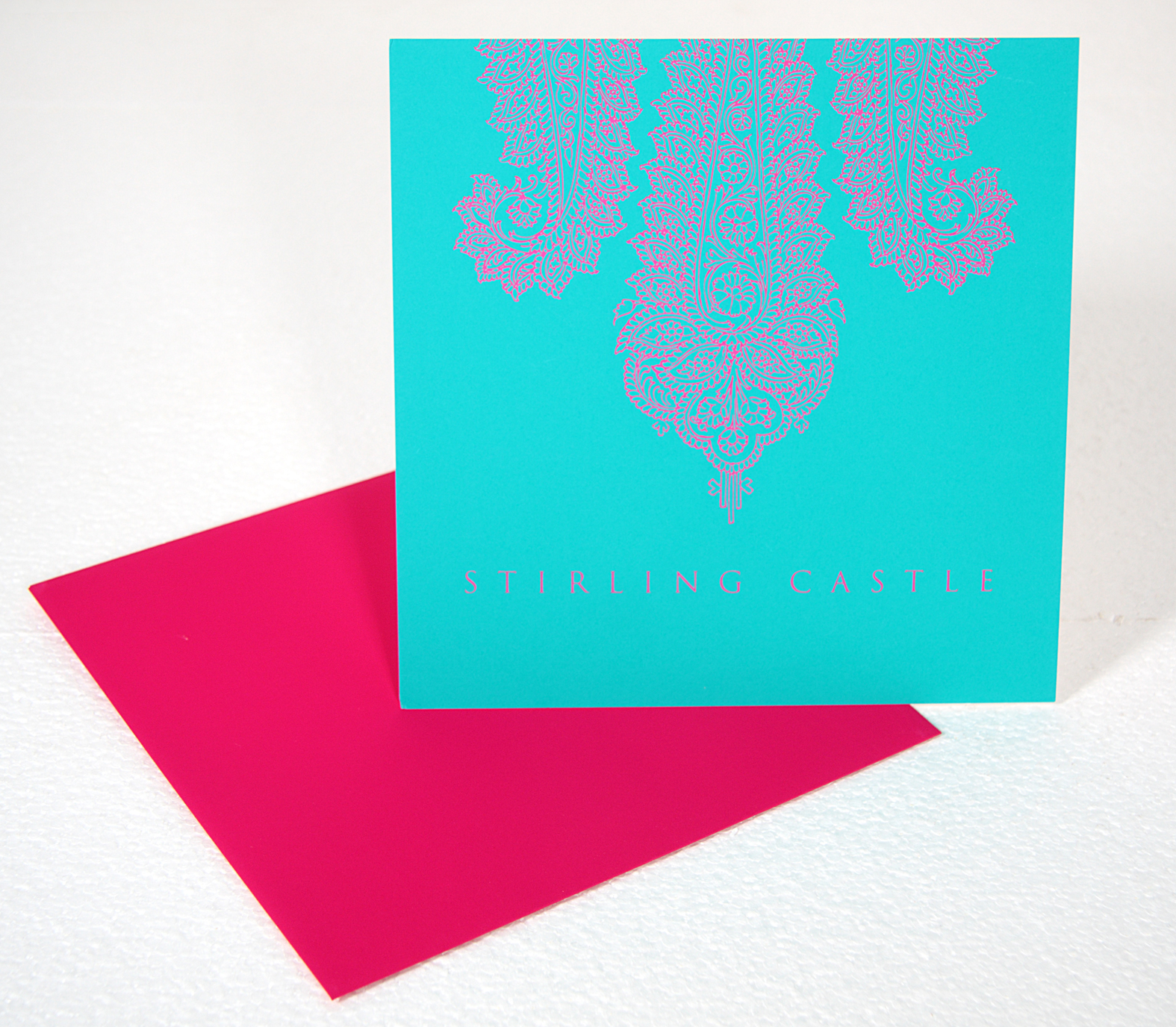We’re really excited to announce that we’ll be exhibiting at Bridelux Atelier this year! The opportunity to exhibit came our way on Monday, and though it’s been a bit last minute, we can’t wait to showcase our stationery alongside some of the most prestigious names of the wedding industry.
Photo by Roberta Facchini Photography
We have the great pleasure of partnering with the lovely Charlotte Munro, who will be styling our stand, Maison de Fleurs, who will be creating a floral display for us, and The Stars Inside, who will be capturing some of the action behind the scenes. Keep an eye on our social media profiles for previews, updates, competitions, and much more!
This year, Bridelux Atelier will be held at the iconic Rosewood London on Friday March 9th between 5pm and 9pm, and Saturday March 10th between 10am and 5pm. With a curated collection of luxury brands – have a look at the full list of exhibitors here - the show promises to be of very high calibre, and a fantastic opportunity for couples and wedding industry suppliers alike.
Photo by Kate Nielen Photography
Photo by Kate Nielen Photography
If you're planning on attending, do come and say hello at our stand in the Ballroom (in front of the champagne bar!) - and if not, then why not use our 25% discount code ANANYA25 to book your tickets here today!
Thanks again to our wonderful team for pulling this together in such a short time, to the lovely Bridelux team for inviting us, and the amazing team at Rosewood London for hosting this one-of-a-kind event!




























